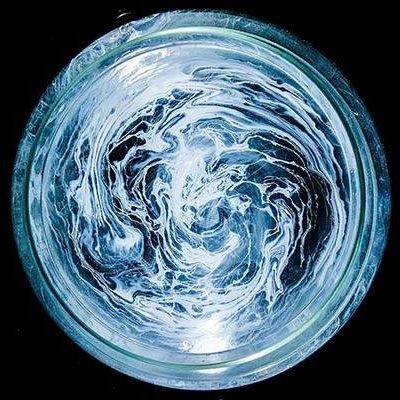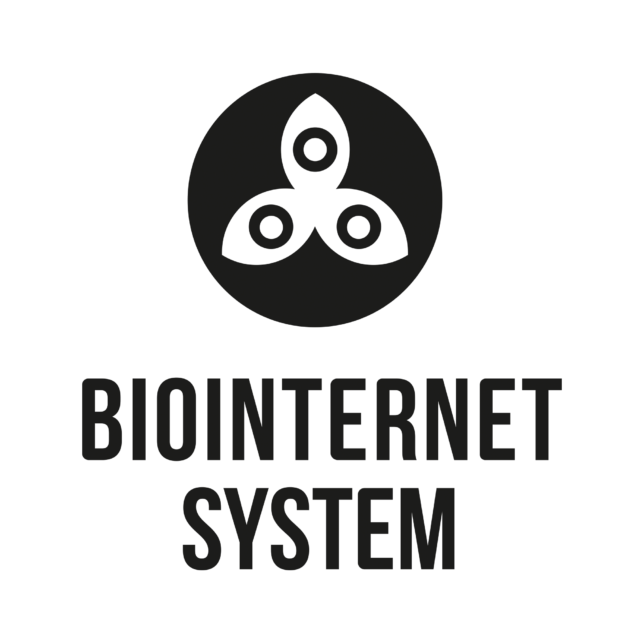The Biointernet System – the Biointernet Connection
RGB – Red, Green, Blue
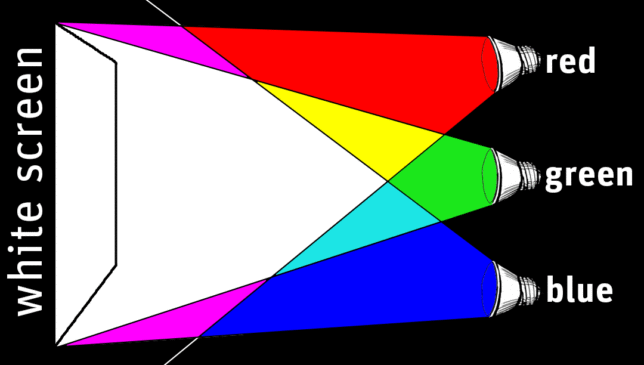
The RGB color model is an additive color model in which red, green and blue light are added together in various ways to reproduce a broad array of colors. The name of the model comes from the initials of the three additive primary colors, red, green, and blue.
The RGB color model is based on the Young–Helmholtz theory of trichromatic color vision, developed by Thomas Young and Hermann Helmholtz in the early to mid nineteenth century, and on James Clerk Maxwell’s color triangle that elaborated that theory (circa 1860).
The first experiments with RGB in early color photography were made in 1861 by Maxwell himself, and involved the process of combining three color-filtered separate takes. To reproduce the color photograph, three matching projections over a screen in a dark room were necessary.
Red Biointernet system – full and complicated
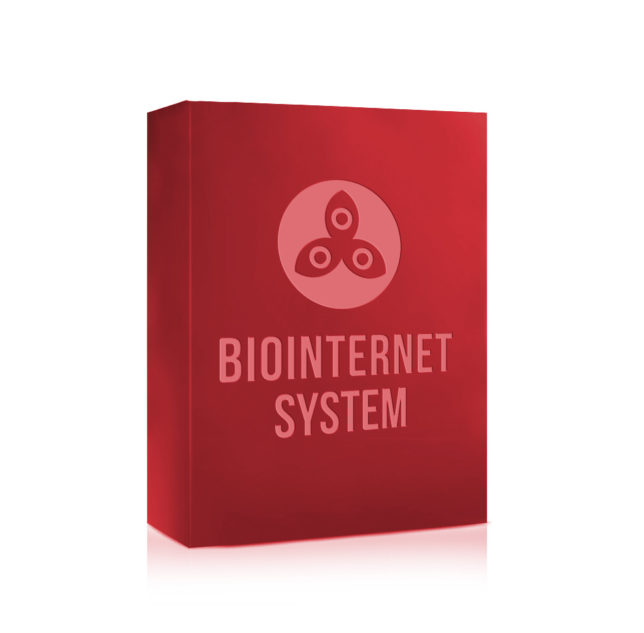
Red Biointernet System:
The Biointernet Mask – 250
Mirror of Joy – 199
Blaga Gold – 2950
Super – 110
Chalice of Sunshine – 118
Cosmos (2 pcs) – 49×2
Comfort – 89
Econorm – 199
Leader – 99
DeLight – 99
Eureka – 222
Lad (3 pcs) – 44×3
Gold Fish – 295
Gold Mask – 222
Potential of Love – 280
Total: 5362 EUR
Discount: 1800 EUR
Final: 3562 EUR
The main purpose of the RGB color model is for the sensing, representation and display of images in electronic systems, such as televisions and computers, though it has also been used in conventional photography. Before the electronic age, the RGB color model already had a solid theory behind it, based in human perception of colors.
Green Biointernet system – the Biointernet Connection
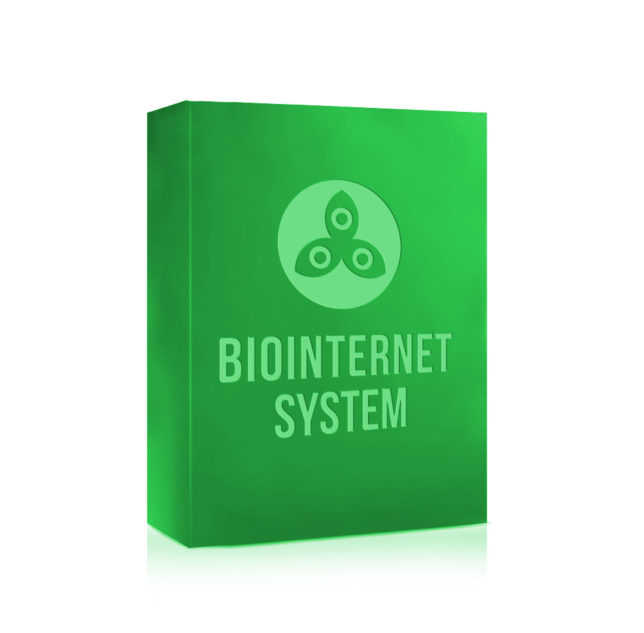
Green Biointernet system:
The Biointernet Mask – 250
Potential of Love – 280
Mirror of Joy – 199
Blaga – 295
Eureka – 222
Super – 110
Lad (2pcs) – 44×2
Comfort (2pcs) – 89×2
Gold Fish – 295
Total: 1917 EUR
Discount: 450 EUR
Final: 1467 EUR
RGB is a device-dependent color model: different devices detect or reproduce a given RGB value differently, since the color elements (such as phosphors or dyes) and their response to the individual R, G, and B levels vary from manufacturer to manufacturer, or even in the same device over time. Thus a RGB value does not define the same color across devices without some kind of color management.
Blue Biointernet system
The Biointernet Equipment – basic level
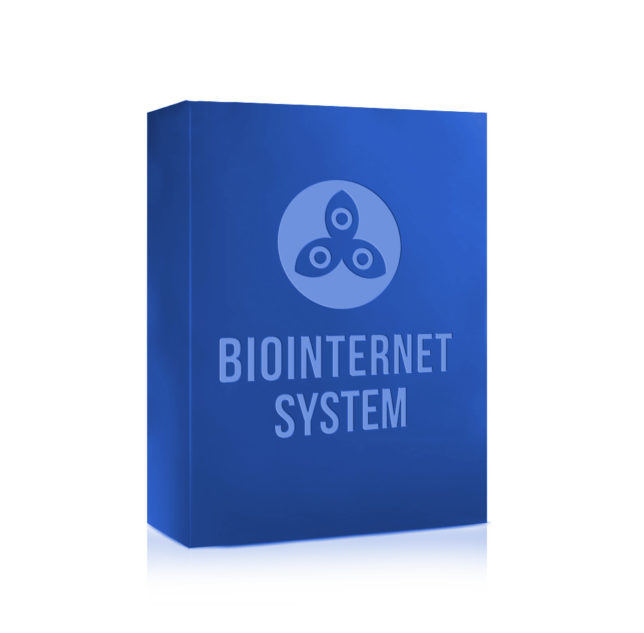
Blue Biointernet system:
The Biointernet Mask – 250
Mirror of Joy – 199
Super – 110
Cosmos – 49
DeLight – 99
Eureka – 222
Lad (2 pcs) – 44×2
Blaga – 295
Total: 1312 EUR
Discount: 313 EUR
Final: 999 EUR
Typical RGB input devices are color TV and video cameras, image scanners, and digital cameras. Typical RGB output devices are TV sets of various technologies (CRT, LCD, plasma, OLED, quantum dots, etc.), computer and mobile phone displays, video projectors, multicolor LED displays and large screens such as JumboTron.
The choice of primary colors is related to the physiology of the human eye; good primaries are stimuli that maximize the difference between the responses of the cone cells of the human retina to light of different wavelengths, and that thereby make a large color triangle.
Color theory
In the visual arts, color theory is a body of practical guidance to color mixing and the visual effects of a specific color combination. There are also definitions (or categories) of colors based on the color wheel: primary color, secondary color and tertiary color. Although color theory principles first appeared in the writings of Leone Battista Alberti (c. 1435) and the notebooks of Leonardo da Vinci (c. 1490), a tradition of “colory theory” began in the 18th century, initially within a partisan controversy over Isaac Newton’s theory of color (Opticks, 1704) and the nature of primary colors. From there it developed as an independent artistic tradition with only superficial reference to colorimetry and vision science.
Wiki: https://en.wikipedia.org/wiki/RGB_color_model
RGB scheme
This pages lets you play with the RGB scheme, combining red, green, and blue light to make any color. The sliders control the red green and blue lights, each ranging from 0 (off) to 255 (maximum). The arrow keys work too. The intersecting rectangles show the result of adding the red, green, and blue light together — any color can be created in this way.
http://web.stanford.edu/class/cs101/image-rgb-explorer.html
